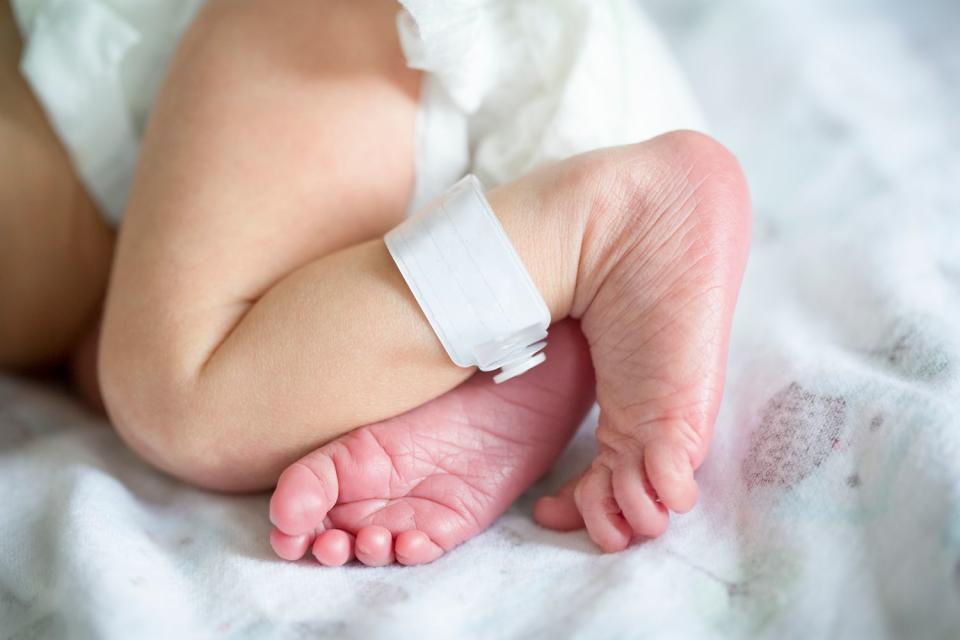U.S. Infant Mortality Rate Has 'Significant' Rise for the First Time in 20 Years
“[The data is] definitely concerning, given that it’s going in the opposite direction from what it has been,” University of Maryland researcher Marie Thoma told AP

Getty
Infant mortality rates in the U.S. rose last year after declining for nearly two decades.
According to a new report by the Centers for Disease Control and Prevention (CDC), infant mortality rates rose 3% from 2021 to 2022 — making it the “first year-to-year increase” in the rate since 2001-2002.
In 2022, there were 20,538 infant deaths — a rate of 5.60 infant deaths per 1,000 live births— compared to the year before which recorded 19,928 infant deaths — a rate of 5.44 infant deaths per 1,000 live births. Prior to the latest increase, infant mortality rates had declined 22% between 2002 and 2021.
“[The data is] definitely concerning, given that it’s going in the opposite direction from what it has been,” Marie Thoma, a University of Maryland researcher studying maternal and infant mortality, told Associated Press.
Related: Sudden Unexplained Infant Death Rate Among Black Babies Increased in 2020, New Study Says
The CDC noted that an increase in the deaths of pre-term babies, male babies and infants born to White and Native American women as well as women between the ages of 25–29 contributed the most to the rise in infant mortality rates. Particularly, infant deaths had a “significant” increase in Georgia, Iowa, Missouri, and Texas, the agency noted.
“It would appear that some of the states could be having a larger impact on the (national) rate,” Danielle Ely, a health statistician at NCHS and the report’s lead author, told AP.
The CDC also said that while not “statistically significant,” the rate of infant deaths “generally increased” for most other races and for female babies.

Related: British Nurse Lucy Letby Blames 'Raw Sewage' for Unexplained Infant Deaths in NICU
As for the cause of the infant deaths, the CDC reported that maternal complications and bacterial sepsis — which are two of the leading causes for the deaths — “increased significantly.”
Rachel Hardeman, a professor of health and racial equity at the University of Minnesota, told CNN that the increase could have also been a result of the COVID-19 pandemic, which put stress on community health resources. Dr. Sandy Chung, the president of the American Academy of Pediatrics, also told the outlet that if women face obstacles getting healthcare, that could also put their babies at risk.
Never miss a story — sign up for PEOPLE's free daily newsletter to stay up-to-date on the best of what PEOPLE has to offer, from juicy celebrity news to compelling human interest stories.
“We know that for people who live in or near poverty and for certain racial and ethnic groups there are significant challenges with getting access to a doctor or getting treatments,” Chung wrote in a statement. “This can lead to moms and babies showing up for care when they are sicker and more likely have serious outcomes, even death.”
Ely told AP that they would need more research to tell if the new rate was just a “blip” or the start of a new trend. Hardeman said, “I think we have a lot more questions to be able to get into the heart of what’s happening.”
For more People news, make sure to sign up for our newsletter!
Read the original article on People.


